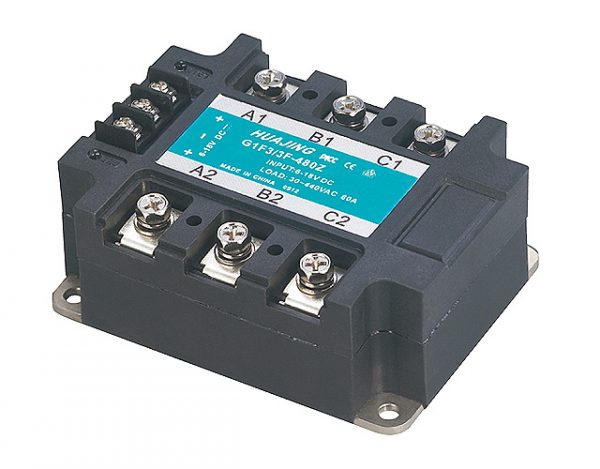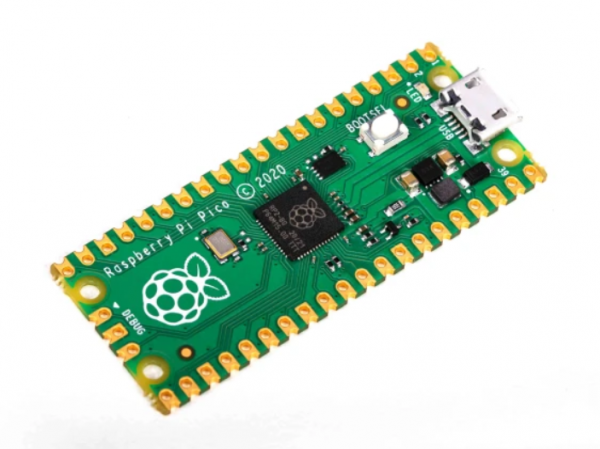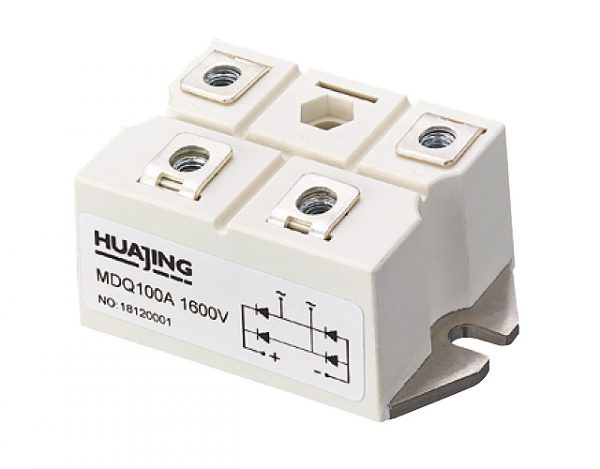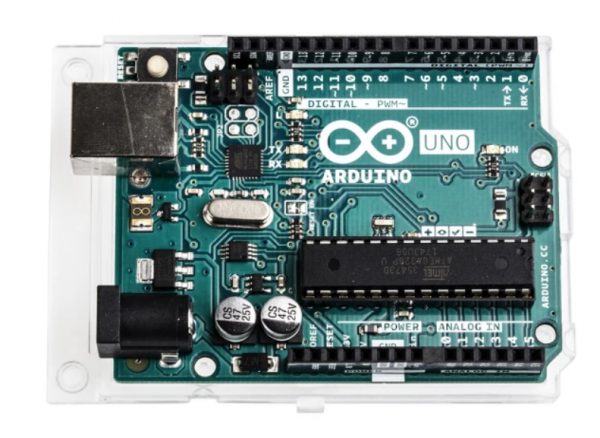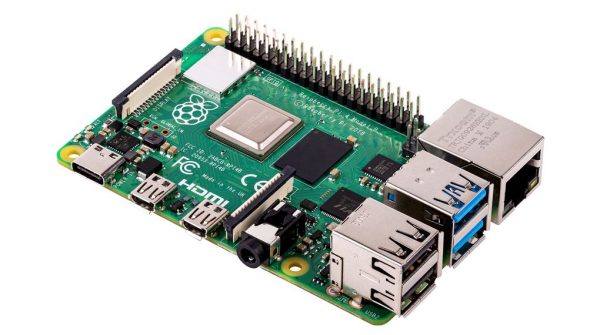Why Solana Users Should Rethink Staking, NFTs, and SPL Tokens — and Which Wallet Actually Helps
Okay, so check this out—Solana moves fast. Really fast. Whoa! Transactions that used to feel like pulling molasses now clear in a blink, and that speed changes how you think about staking rewards, NFT marketplaces, and the SPL token universe. My instinct said « this is obvious, » but then I dug in and found edge cases that actually matter to everyday users. Initially I thought all wallets were just wallets, though actually there’s a real UX and security gap between « works » and « effortless for someone juggling DeFi and NFTs. »
Here’s what bugs me about a lot of wallet write-ups: they treat staking like a passive checkbox. You stake, you earn, you forget. Seriously? Staking on Solana can be powerful, but it’s not just APY numbers. There are lock-up nuances, validator reputation, commission swings, and compounding behaviors that change outcomes over months. On one hand you can chase the highest advertised reward, though on the other hand that validator might have downtime, which erodes returns in ways the headline APY never shows. So yes—read the small print, and then read the small print again.
Let’s be blunt: NFT marketplaces on Solana are still evolving. Some are sleek and curated. Some feel like a teenager’s garage sale. If you’re collecting, flipping, or minting, fees, metadata standards, and wallet integration matter more than « brand name » buzz. And somethin’ about a clunky wallet flow will kill an impulse buy faster than any gas fee ever could. You know the feeling—you see an NFT, hesitate for two seconds, and the drop is gone. That two-second friction is hostile to creators and collectors alike.
When it comes to SPL tokens, here’s the thing. They are the rails for almost everything on Solana, from governance tokens to in-game assets. Managing bundles of SPL tokens without good batching, clear token labels, and easy swap paths is annoying. That matters because DeFi users often hold many tiny positions; without tidy token management, your dashboard becomes a mess and your decisions get worse. I’m biased, but usability equals on-chain opportunity.

Where wallets help (and where they don’t)
Wallets should be doing three core things well: secure key custody, seamless staking interactions, and flawless NFT support. Sounds simple. It’s not. For staking, a wallet should let you pick validators with context—historical uptime, commission patterns, and whether they run reputable infra. For NFTs, it should render previews, show provenance, and make listing or bidding feel like an in-app tap, not a multi-step chore. For SPL tokens, token grouping, custom labels, and a clear swap flow are non-negotiable in my book.
Whoa! Little features add up. Medium-level things—like showing stake cooldown windows, or warning if a validator’s commission recently spiked—keep your returns predictable. Longer-term thinking matters here: if you’re compounding rewards monthly, a 0.5% commission difference compounds into meaningful dollars over a year. Hmm… that surprised me the first time I computed it.
Also, let me be honest: I prefer wallets that don’t pretend to be everything to everyone. A streamlined wallet that nails staking and NFT UX is far more valuable to many users than an all-in-one app that half-implements each feature. That said, integrations matter. I want an ecosystem where the wallet talks nicely to marketplaces and DeFi apps without me juggling signatures like a circus performer.
Why phantom wallet stands out for Solana users
Ok, so here’s the recommendation I keep circling back to—the phantom wallet. No hype. No fluff. It strikes a balance between usability and power. The onboarding is friendly for people coming from other chains, yet it exposes enough detail for advanced users to make informed staking and NFT decisions. My first impression was « clean extension, nice design, » but then I started using its staking flow and NFT gallery, and that changed the conversation for me.
Phantom makes staking straightforward: delegate, undelegate, and track rewards without hunting through multiple screens. The interface shows validator commissions and historic performance in a digestible way, so you can avoid surprises. It also handles SPL tokens neatly, grouping them and making swaps feel native. The NFT experience is tidy too—previews, collection metadata, and easy listings on popular marketplaces. (Oh, and by the way… that gallery view saved me from buying a duplicate mint—true story.)
There are limitations though. Phantom is not a hardware wallet itself; you’ll want to pair it with cold storage for very large holdings. And while integrations with marketplaces are strong, not every niche Solana marketplace plugs in perfectly. Still, for a daily driver that balances DeFi and NFTs, it’s one of the best bets out there. I’m not 100% sure it’s perfect for hackers and traders who need extreme scripting, but for most collectors and stakers, it’s a fine choice.
Seriously? Yes. Because the real value is in reducing friction. You earn more when you can act quickly and with confidence. Phantom’s UX reduces the « do I trust this? » pause that kills trades and mints. It also surfaces staking data without forcing you to be a spreadsheet person.
Practical tips for maximizing staking and NFT strategies
First, diversify validator risk. Don’t put all your SOL with a single validator just because their APY is highest today. Spread risk across operators with different geographic locations and infra profiles. Second, watch commissions over time. A low commission today can be raised tomorrow. Third, keep an eye on cooldowns. Solana’s unstake delay isn’t huge, but for short-term strategies it matters a lot.
For NFTs, be disciplined about metadata verification. Check on-chain history and creator signatures where possible. Use wallets that surface collection links and provenance—if a wallet hides that, you shouldn’t trust your intuition alone. And when minting, pre-fund exact amounts (plus a small buffer) to avoid failed transactions during a congested drop. Failed txs on release day are annoying… and expensive if repeated.
Also, learn to batch tasks. If you plan to stake and list an NFT, do them in quick succession so you minimize on-chain slips and mental context switching. Trust me—context switching is underrated as slippage. It makes you sloppy. Somethin’ about switching tabs makes me forget a step, and then bam, you pay more fees or miss a mint.
FAQ
Can I stake directly from my wallet without losing NFT access?
Yes. Most wallets, including the phantom wallet, allow staking of SOL while keeping SPL tokens and NFTs intact. The key is understanding that staked SOL is in a delegated state—unstaking takes a cooldown—so plan liquidity needs ahead of major marketplace moves or mints.
Are SPL tokens safe to hold in a browser extension?
Browser extensions are convenient but not bulletproof. For everyday amounts and active trading, they’re fine when combined with good habits—secure seed phrase storage, two-factor protections, and cautious dApp approvals. For large holdings, pair the extension with hardware cold storage or move funds to a secure custody solution.
How do I pick a validator?
Look for uptime history, sensible commission patterns, and community reputation. Tools inside wallets often show these metrics, and phantom makes that data accessible. Don’t chase the absolute top APY without checking stability—downtime kills what you think you earn.
Alright, so where does that leave you? If you use Solana for NFTs and DeFi, prioritize a wallet that reduces friction and surfaces the right metrics. If you ask me (and you did), phantom wallet is the one I reach for most days because it blends UX with just-enough technical detail. My thinking evolved from « wallets are boring » to « wallets decide how active and profitable you’ll be. »
I’m biased, sure, but also pragmatic. This ecosystem rewards the nimble and the informed. Use tools that help you be both. And hey—try not to overtrade. You’ll sleep better. Really.

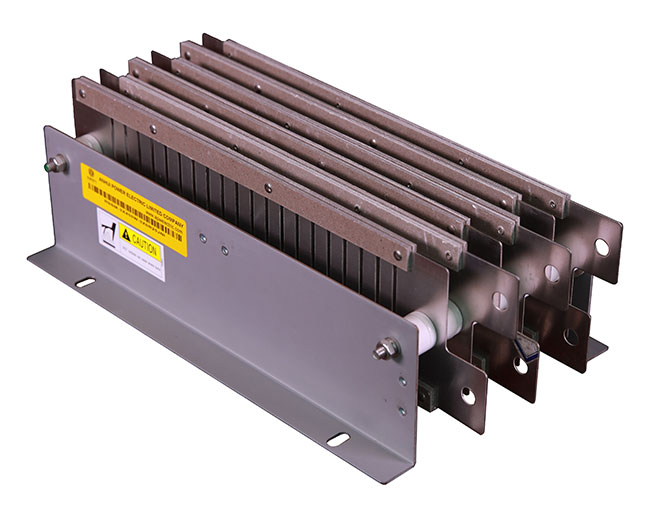
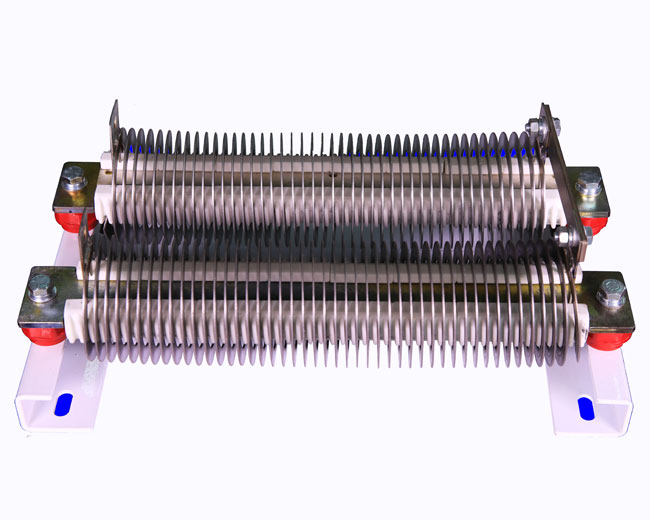
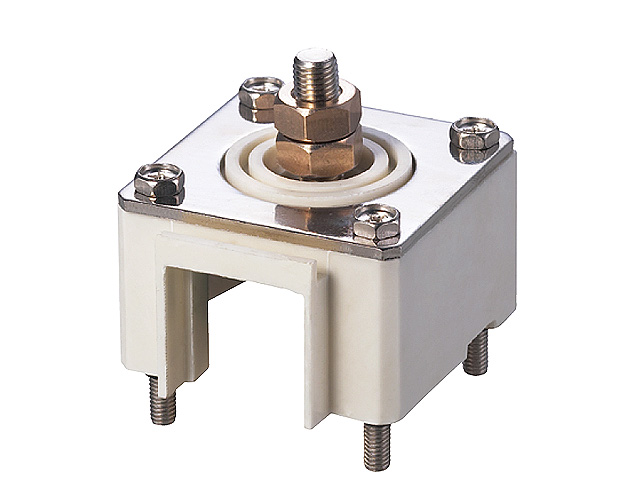
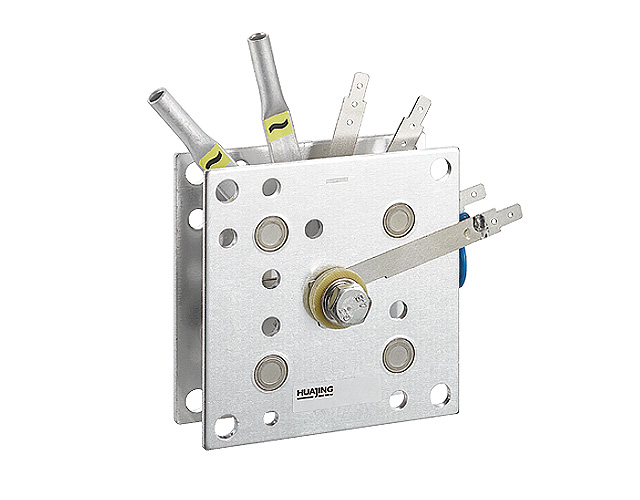
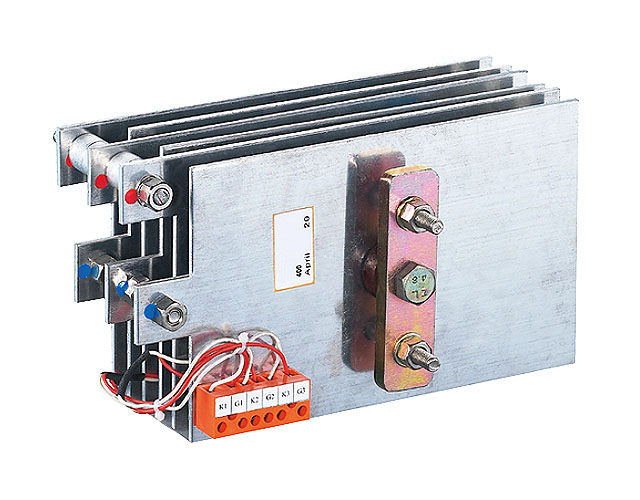











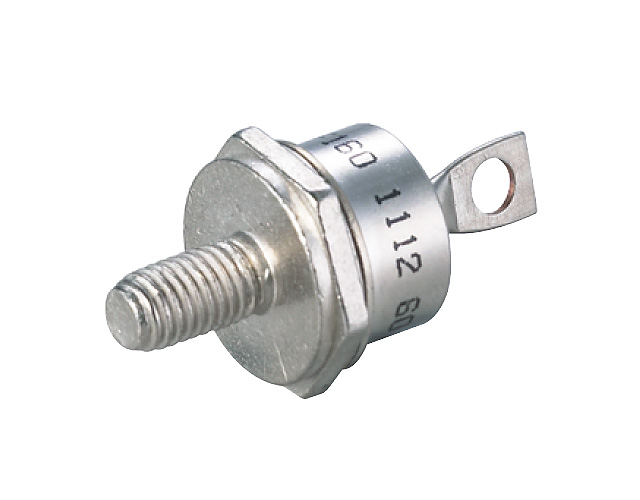
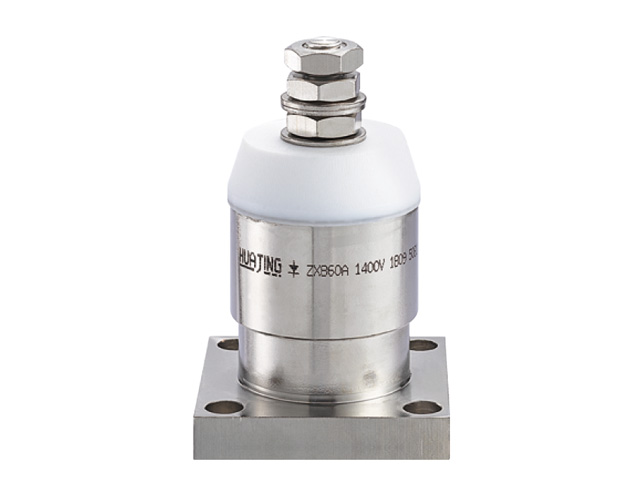
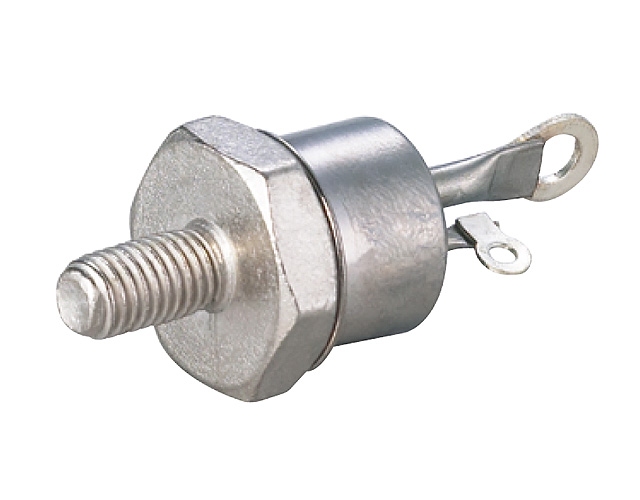
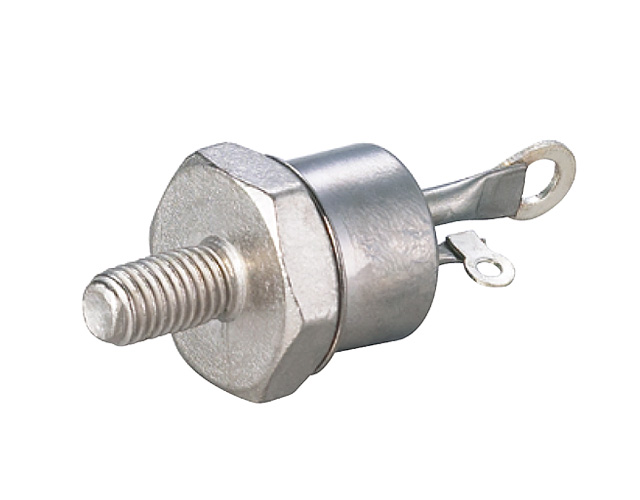
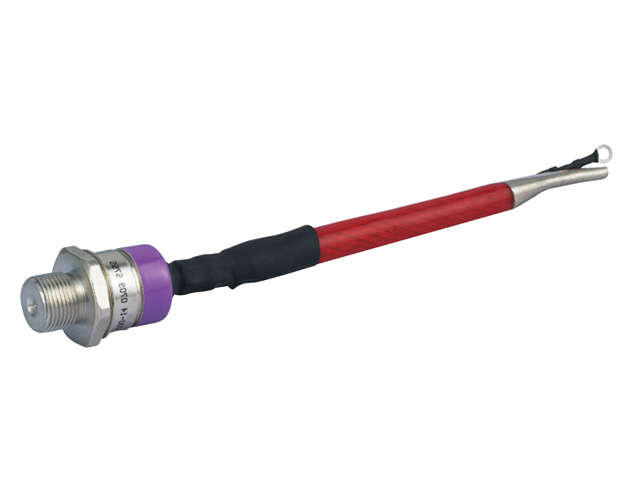
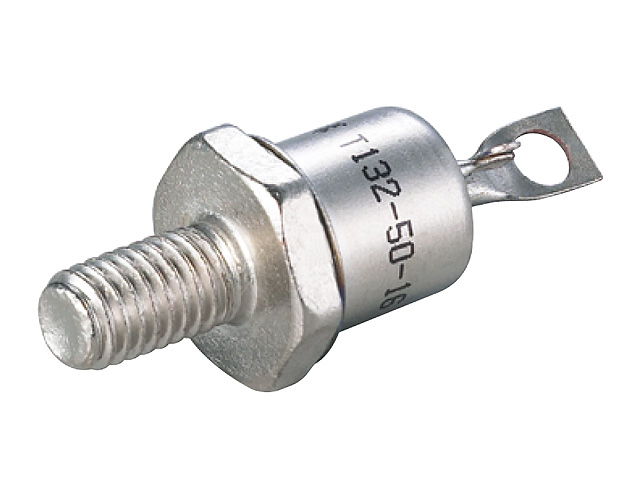
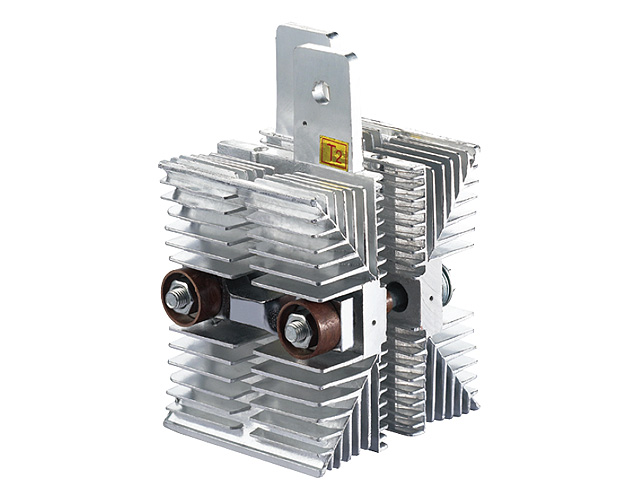
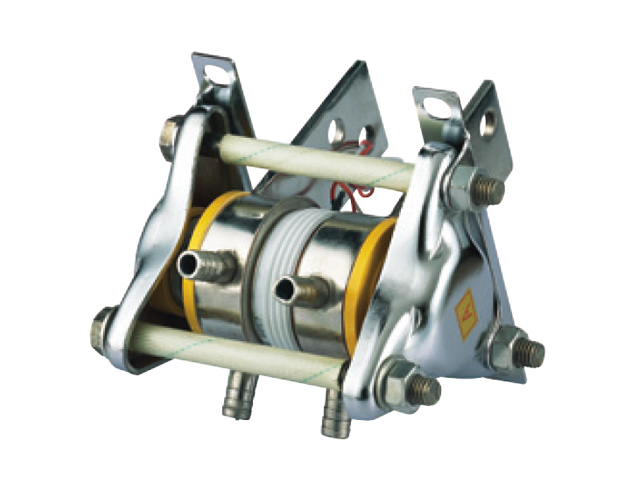
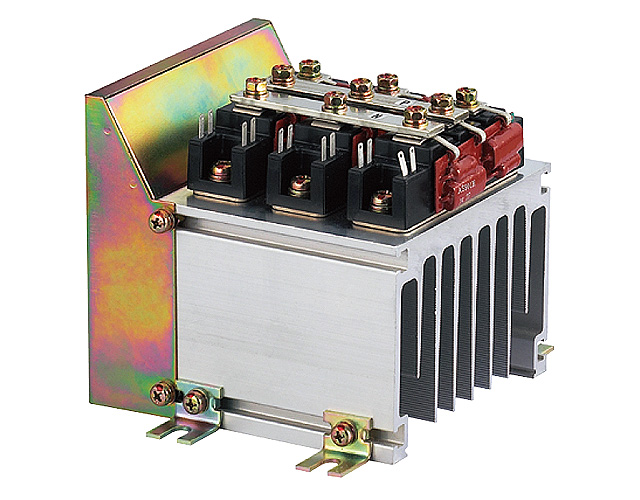
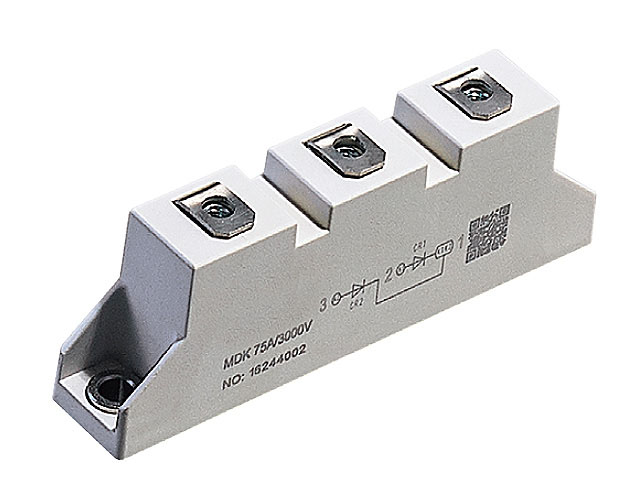
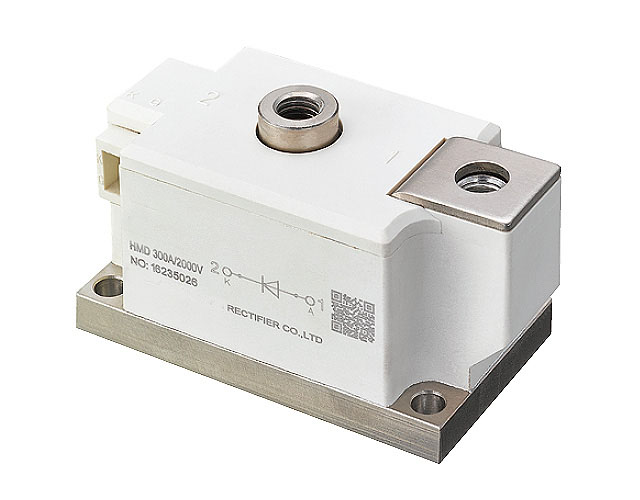

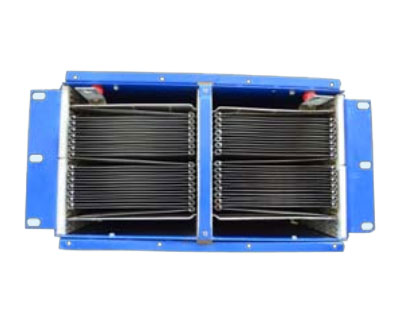
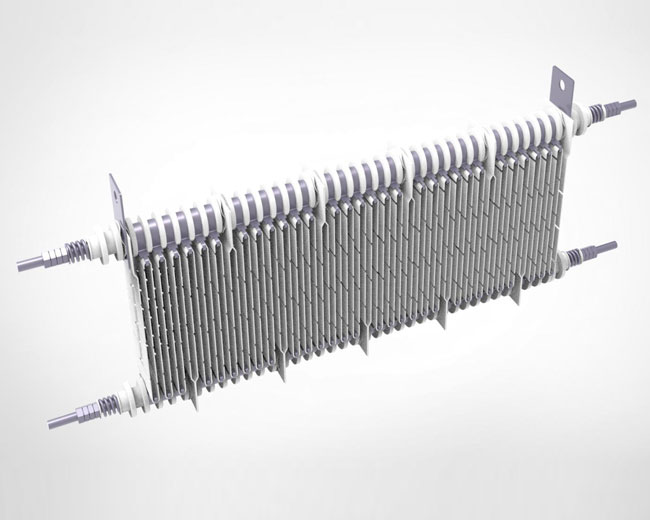
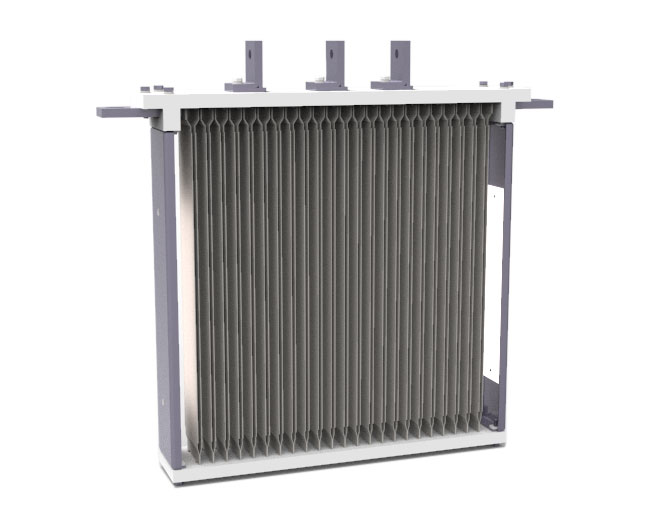
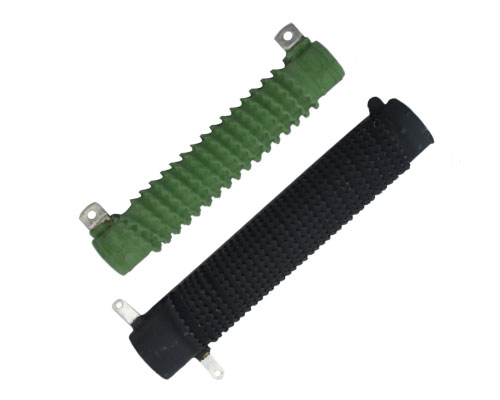
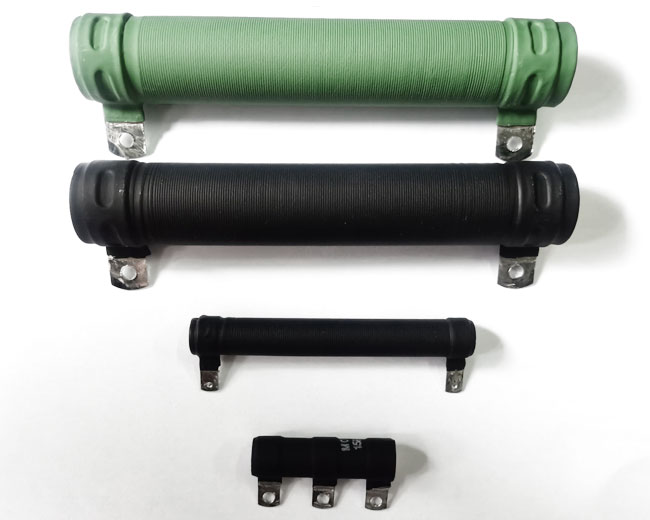

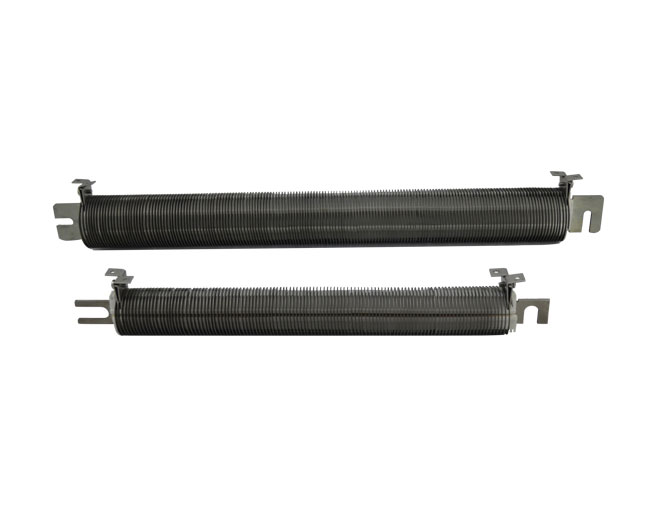

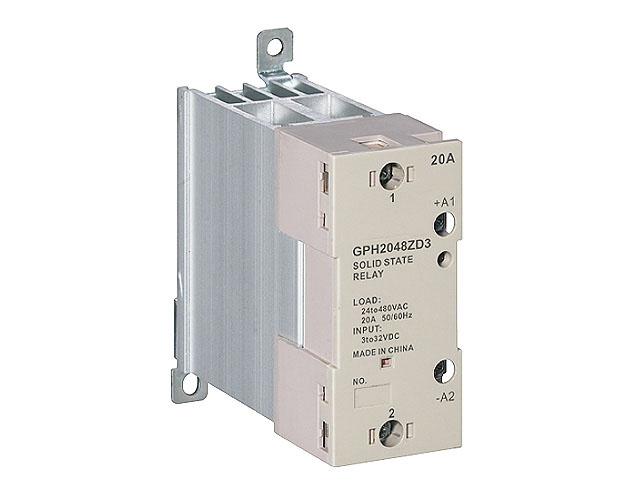
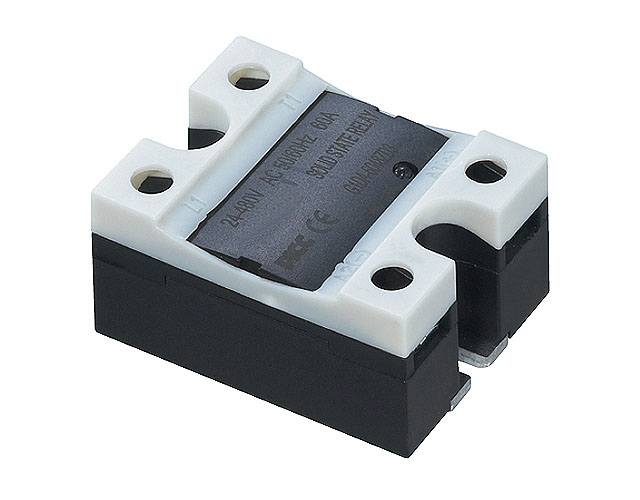
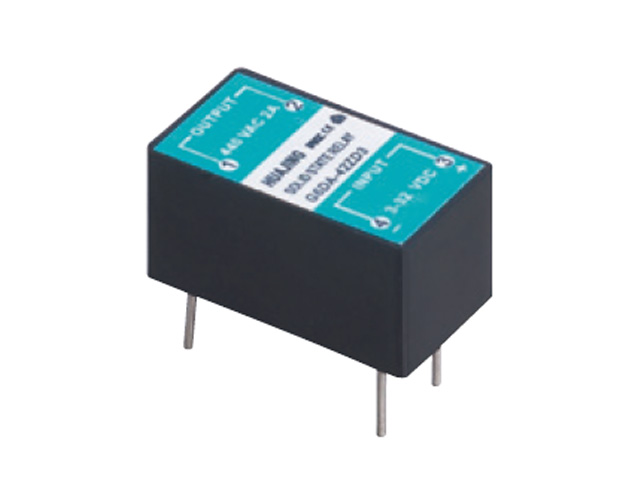
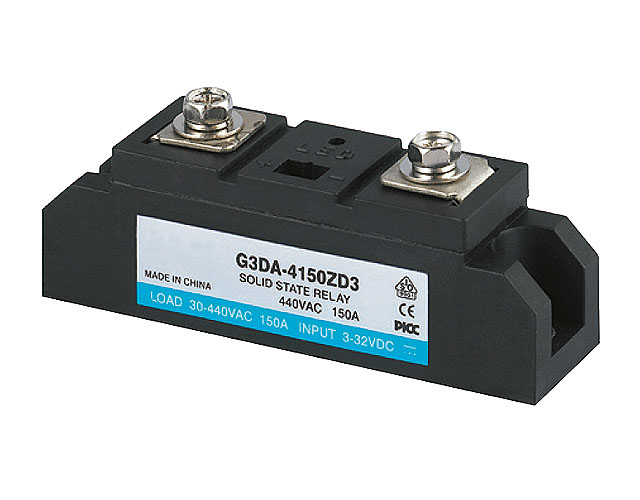
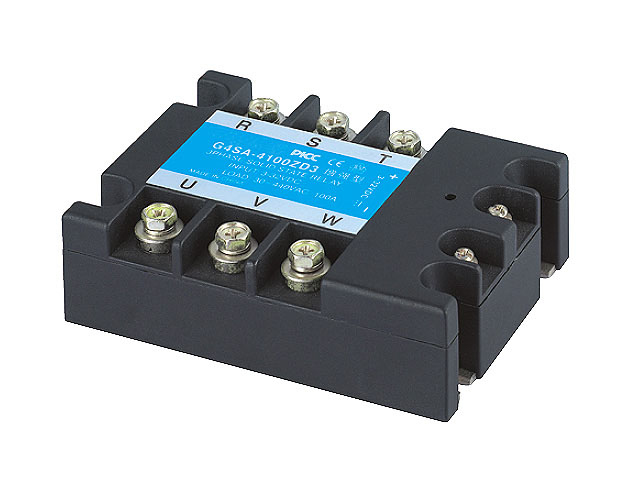
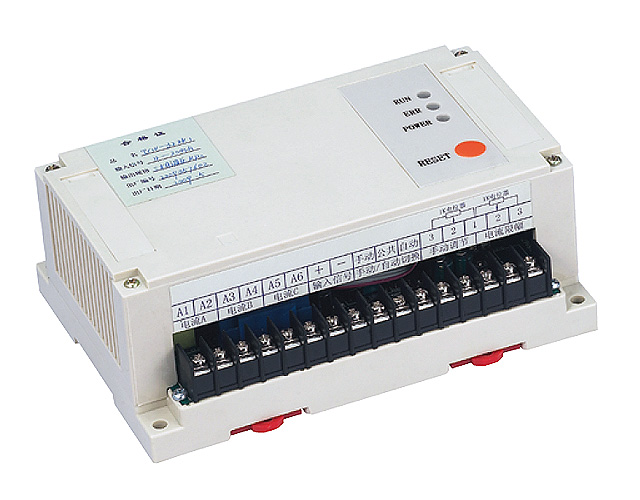
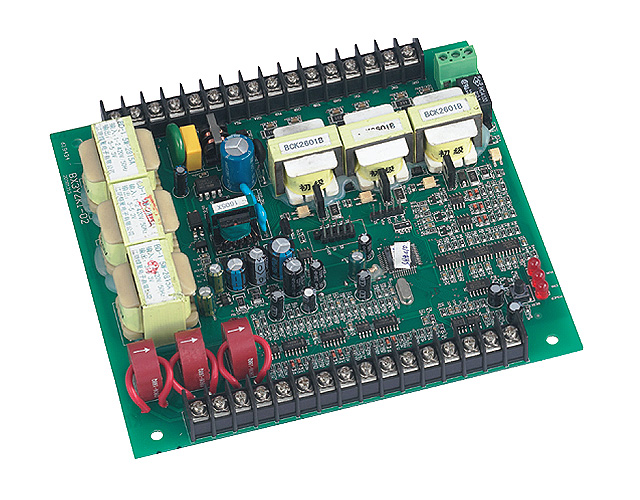
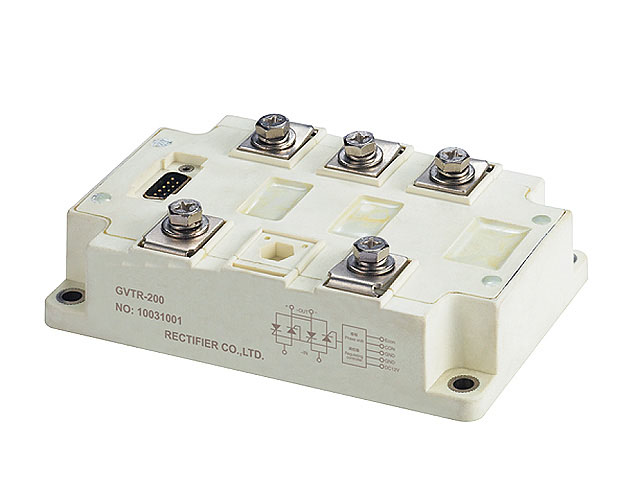
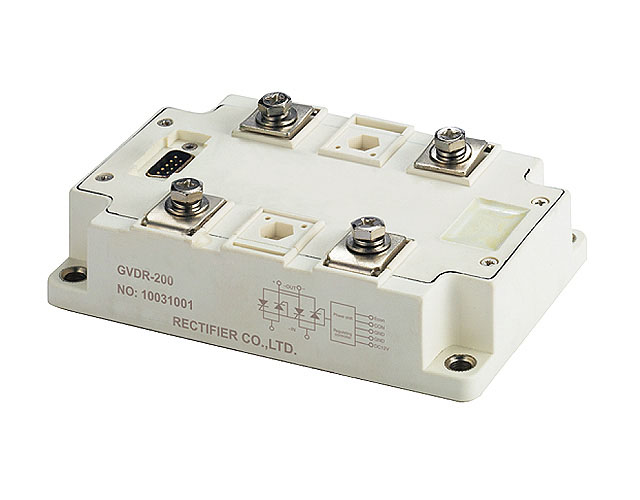
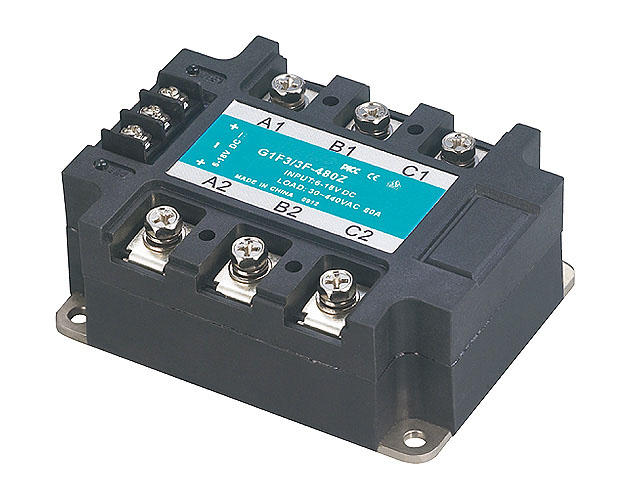
 Menu Item #1
Menu Item #1 Menu Item #2
Menu Item #2 Menu Item #3
Menu Item #3


































